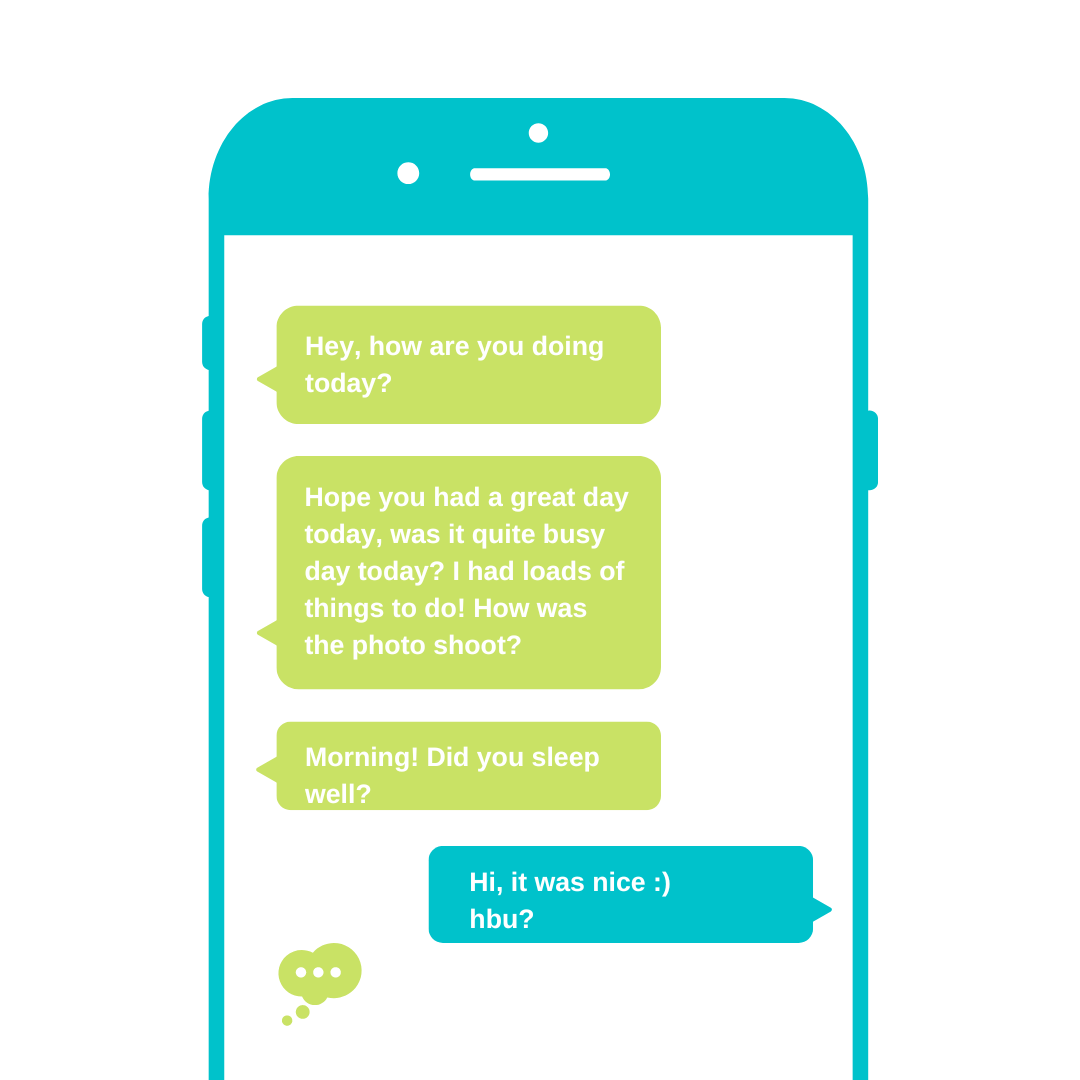
The Art of Navigating Difficult Conversations: Strategies for Success
Difficult conversations are an inevitable part of life, whether they occur in personal relationships, the workplace, or social interactions. The way we handle these conversations can significantly impact our relationships and emotional well-being. In this blog post, we’ll explore the foundations of having productive difficult conversations and the behaviors that can hinder them. By actively listening, letting go of control, and being open, we can transform these challenging moments into opportunities for growth and understanding. Here are a few points from the book titled 'How to Have Meaningful Conversations' by Sarah Rozenthuler.
Foundations for Productive Difficult Conversations
1. Actively Listening and Being Receptive
Understanding Active Listening Active listening involves fully concentrating on what the other person is saying, rather than passively hearing the words. It means being receptive, understanding their perspective, and showing empathy.
Staying Present Instead of staying in a space of "on your terms," shift your focus to the speaker. Give them your full attention, nod in understanding, and avoid interrupting. This not only validates their feelings but also fosters a more open and honest dialogue.
2. Letting Go of Control
Embracing Uncertainty One common pitfall in difficult conversations is the desire to have everything worked out in advance. While preparation is important, it’s crucial to remain flexible and responsive to what the other person says.
Adapting to the Conversation Letting go of control means being willing to adapt your responses based on the conversation’s flow. This creates a more dynamic and interactive exchange, where both parties feel heard and respected.
3. Allowing Yourself to Open Up
The Power of Vulnerability Being open and honest about your thoughts and feelings is essential for meaningful communication. Hiding behind a mask or being guarded can prevent genuine connections and resolutions.
Sharing Authentically Allow yourself to express your true emotions and perspectives. This authenticity encourages the other person to do the same, leading to a deeper and more productive conversation.
Behaviors That Kill Conversations
1. Fight: Responding with Anger
The Impact of Anger Responding to difficult conversations with anger, attacking, or blaming can escalate the conflict and shut down meaningful dialogue. Dispensing hateful words only serves to hurt the other person and entrench positions.
Finding Constructive Alternatives Instead of reacting with anger, take a moment to breathe and calm down. Approach the conversation with a mindset of understanding and resolution rather than conflict.
2. Flight: Withdrawing from the Conversation
The Consequences of Withdrawal Withdrawing or swallowing your words can be just as damaging as reacting with anger. Not having the opportunity to talk things out can leave both parties feeling frustrated and unresolved.
Encouraging Open Dialogue Even if the conversation is uncomfortable, staying engaged is crucial. Express your willingness to listen and share, ensuring that both sides have a chance to be heard.
3. Freeze: Shutting Down
The Freeze Response Freezing occurs when your brain shuts down in response to stress, making it difficult to continue the conversation. This can lead to awkward silences and a breakdown in communication.
Staying Engaged To combat the freeze response, practice mindfulness techniques to stay present. Take deep breaths, focus on the current moment, and remind yourself that it’s okay to take pauses but not to disengage entirely.
Conclusion
Difficult conversations are challenging but essential for growth and understanding in any relationship. By actively listening, letting go of control, and allowing yourself to open up, you can navigate these conversations more effectively. Avoiding behaviors like fighting, fleeing, or freezing can further enhance your ability to communicate and resolve conflicts. Embrace the art of difficult conversations, and transform these moments into opportunities for deeper connections and personal growth.
FAQs About Navigating Difficult Conversations
Why is active listening important in difficult conversations? Active listening shows empathy and understanding, making the other person feel valued and heard.
How can I let go of control in a conversation? Embrace uncertainty and be willing to adapt your responses based on the flow of the conversation.
What does it mean to open up in a conversation? Opening up means being honest and vulnerable about your thoughts and feelings, which fosters genuine communication.
How does anger affect difficult conversations? Anger can escalate conflicts and shut down meaningful dialogue, making resolution difficult.
What happens when someone withdraws from a conversation? Withdrawal prevents open dialogue, leaving issues unresolved and both parties feeling frustrated.
How can I avoid freezing during a difficult conversation? Practice mindfulness techniques to stay present and engaged, even if you need to take brief pauses.



Leave a comment
This site is protected by hCaptcha and the hCaptcha Privacy Policy and Terms of Service apply.